This happy bean plant care guide will prepare you for bringing this new plant into your home or office! Bean plants come from a large family called Fabaceae and are grown for their edible seeds and pods. Some popular varieties include the green bean, kidney bean, and black bean. They make an excellent addition to any vegetable garden because of their nutritious elements and relative ease of growth. So, whether you’re a complete novice or an experienced green thumb, buckle up for a wholesome journey into the world of beans. Let’s unravel the secrets to achieving bean plant bliss.
What is a happy bean plant?
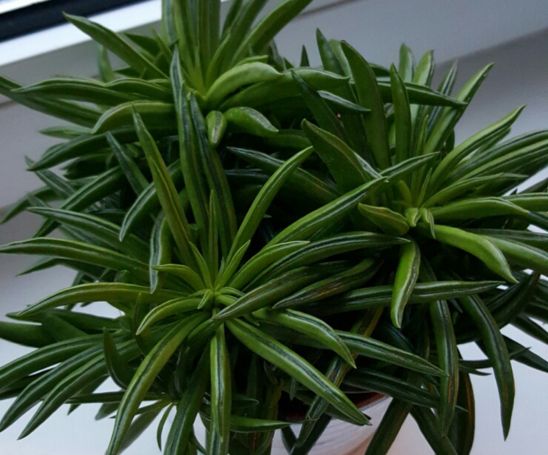
The happy bean plant, also known as the peperomia ferreyrae or pincushion peperomia, is a tropical plant native to South America. Its bright green leaves add a vibrant touch to any indoor space, resembling small green beans. With its succulent leaves, it can store water and survive in drier conditions. The happy bean plant has an upright growth habit, making it ideal for small spaces. It requires bright light but should be protected from direct sun. This low-maintenance houseplant thrives in a range of light conditions and is perfect for busy plant lovers.
Happy Bean Plant Care at a Glance
| Botanical name | Peperomia ferreyrae |
| Common name | Happy bean plant, pincushion plant, green bean plant |
| Plant family | Piperaceae |
| Plant genus | Peperomia |
| Native Climate | South America |
| Size | Small, shrub-like, slow-growing, reaching 6 to 12 inches |
| Light requirements | West-facing or East-facing window. Bright, indirect light (4-6 hours daily). |
| Water requirements | Water when the top half of the soil is dry. Do not overwater or water if the soil is moist. |
| Soil requirements | Well-draining with good moisture retention. |
| Humidity requirements | Medium, 40-60% humidity is suitable. |
| Temperature requirements | 65-75°F (18-23°C). |
| Flower Colour | White, small not showy flower on red stem |
| Flower Period | Spring to Autumn |
How big does a happy bean plant grow?
Happy bean plants typically reach a height of 6-12 inches, making them compact house plants. The size can vary based on factors like water requirements, pot size, and time of year. With proper care, these plants can thrive and produce more bean-shaped leaves.
Happy Bean Plant Features

The Happy Bean Plant, also known as the Castanospermum australe, is a unique and fascinating species that captivates not only nature enthusiasts but also curious minds. One of its most intriguing features is its ability to store water in its swollen trunk, resembling a bean pod—a useful adaptation for surviving in dry climates.
This allows the Happy Bean Plant to thrive even when water sources are scarce, making it an ideal choice for arid landscapes or xeriscaping projects. Another captivating feature of the Happy Bean Plant lies in its striking foliage.
Its large oval-shaped leaves boast glossy green surfaces that shimmer under sunlight, adding a touch of elegance to indoor space. Their vibrant appearance and natural pest-repelling qualities make them both pleasing and beneficial for maintaining equilibrium within ecosystems.
Whether you’re looking for an eye-catching addition to your garden or seeking an engaging botanical study subject, consider embracing the beauty and functionality of the Happy Bean Plant—a testament to nature’s marvelous design.
How to Care for a Happy Bean Plant?

To ensure the growth and health of your happy bean plant, provide it with bright indirect light. Water the plant when the top inch of soil feels dry, using a well-draining potting mix to prevent root rot. During the growing season, fertilize the plant with diluted liquid fertilizer. To maintain the plant’s health, remove dead leaves. Following these care tips will help your happy bean plant thrive.
Ideal Lighting Conditions for Happy Bean Plants

Happy bean plants thrive in bright indirect light, such as near a south-facing window. Providing direct sun can scorch the leaves, so it’s best to give them indirect light. These plants can tolerate low light conditions, but they may grow and have fewer leaves. It is crucial to find the right balance between light and darkness for optimal growth.
- Indirect Light: Happy bean plants thrive in bright indirect light, such as the gentle light that filters through a sheer curtain. It is best to place the plant near a bright window, but away from direct sun, to provide optimal lighting conditions. Indirect light is essential for the plant’s growth and helps it maintain its vibrant green, bean-shaped leaves. By providing the right level of indirect light, you can ensure the success of your happy bean plant.
- Bright Light: While happy bean plants prefer indirect light for optimal growth, they can tolerate bright light conditions as well. Placing the plant near a sunny window, where it receives direct light for a few hours, can promote healthy growth. It is important to check the plant for signs of sunburn, such as brown spots on the leaves. Remember to provide a range of light conditions that suit the peperomia Ferreira plant best.
How to water a happy bean plant?
To properly water your happy bean plant, wait until the top inch of the soil feels dry to the touch. Overwatering can lead to root rot, so it’s important to avoid this. Make sure the potting mix has drainage holes to prevent water from sitting at the bottom and causing root rot. Following these steps will help your happy bean plant grow and thrive to its full potential.
Happy Bean Plant Soil Mixture Recipes
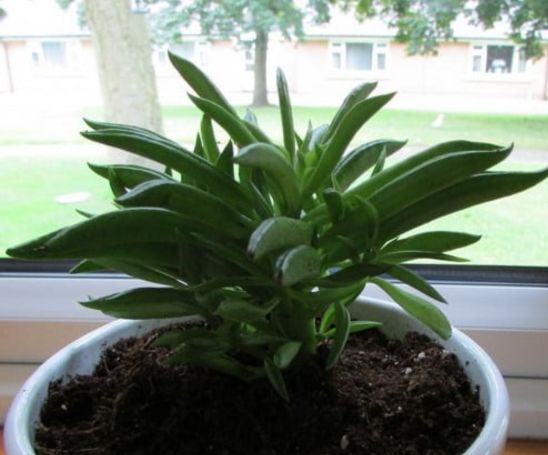
When it comes to happy bean plant care, the right soil mixture is essential for their success. To ensure proper drainage and prevent root rot, use a well-draining potting mix. A mixture of peat moss, perlite, and potting soil works well.
you can create a mix of peat moss, sand, and perlite. The goal is to have a potting mix that allows excess water to drain. This ensures that your happy bean plants stay healthy and thrive.
Happy bean plant soil recipes:
- Potting soil for houseplants containing 50% perlite and 50% potting soil.
- Potting soil for indoor houseplants that contains 50 percent perlite for drainage and 10 percent earthworm castings.
- There is 50% coco coir, 40% perlite, and 10% earthworm castings in this mix.
How Often To Fertilize Happy Bean Plant?

To ensure the healthy growth of happy bean plants, it is important to fertilize them every 4-6 weeks during the growing season, which falls in the spring and summer months. The best way to avoid fertilizer burn is to use diluted liquid fertilizer and follow the directions on the package. Fertilizing the plant during the winter months, when it is dormant, is not necessary.
Temperature Requirements
Happy bean plants thrive in temperatures ranging from 65 to 75°F. These plants are sensitive to cold conditions, so it’s important to avoid exposing them to chilly temperatures. To keep your happy bean plant warm, provide it with enough light, especially during winter months. By maintaining the ideal temperature range and providing adequate light, you can ensure the success of your peperomia ferreyrae plant.
- Winter Months: During the winter months, it is crucial to keep your happy bean plant in temperatures ranging from 65-75°F. It is very important to protect the plant from cold drafts and direct exposure to low temperatures, as they can cause serious health problems. Keep a close eye on the plant for any signs of cold damage, such as yellowing leaves or wilting. The right temperature will ensure the plant thrives even during the colder months.
- Cold Temperatures: The happy bean plant is sensitive to cold temperatures. It’s important to avoid exposing the plant to cold conditions, such as cold drafts, open windows, or direct cold temperatures. If the plant does encounter cold conditions, providing adequate light and warmth can help prevent cold damage. Ensuring that the plant is kept away from cold environments will help promote its overall health and well-being.
Happy Bean Plant Humidity Requirements
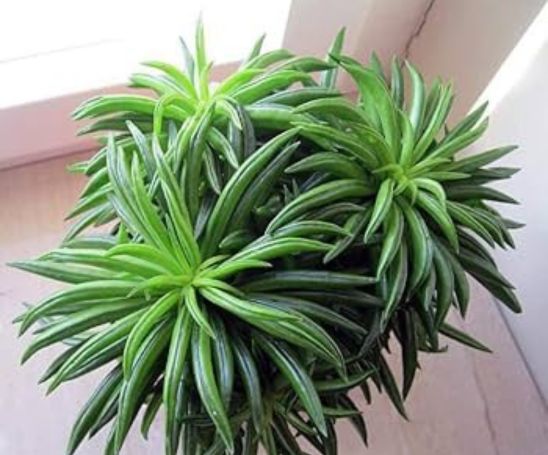
Maintaining the ideal humidity levels is crucial for the happy bean plant’s well-being. The plant thrives in humidity levels ranging from 40% to 60%. To increase humidity, you can mist the leaves of the plant or use a pebble tray filled with water. The plant should not be placed in direct sunlight, however, since this can cause an increase in humidity levels.
How to prune happy bean plant?
Pruning is a common practice in gardening, but when it comes to happy bean plants, the answer to whether you should prune them may surprise you. Unlike many other plants, happy bean plants do not need pruning.
Pruning happy bean plants can sometimes hinder their growth and productivity. These vibrant and fast-growing plants naturally tend to climb and sprawl, so it’s best to provide them with sturdy support like a trellis or a fence.
This will allow the happy bean plant to grow and spread its lush foliage without the need for pruning. For the health of the plant, however, any dead, diseased, or damaged parts should be removed. The abundant harvest of nutritious and delicious beans will result from letting your happy bean plant grow without pruning.
How to propagate happy bean plant?

Propagating a happy bean plant is a fulfilling and rewarding experience for any plant lover.
To begin, select a healthy and mature bean plant with vibrant leaves and strong stems. Carefully remove a stem cutting from the plant, making sure it is at least 6 inches long and has several sets of leaves.
Trim the bottom leaves of the cutting, leaving only a few sets at the top. Fill a small pot with well-draining soil, and create a small hole in the center. Dip the cut end of the stem into a rooting hormone powder to promote root development. Place the cutting into the hole and press the soil around it to secure it in place.
Ensure the soil remains moist but not waterlogged during the propagation process. To maintain humidity and support root growth, cover the pot with a clear plastic bag or place it in a greenhouse environment.
After a few weeks, new roots will start to develop, indicating successful propagation. Acclimate the rooted cutting to outside conditions by removing the plastic covering for short periods each day.
Once the roots are well-established, the happy bean plant can be transferred to a larger pot or planted in a sunny area of the garden where it can flourish and bring joy for years to come.
Happy Bean Plant Pests, Problems, and Disease
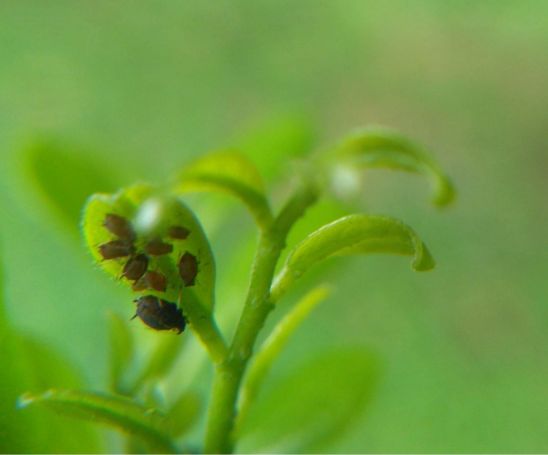
Keep your happy bean plant healthy by keeping an eye out for common pests, problems, and diseases. Root rot, spider mites, and mealybugs are some of the most common issues you may encounter. To prevent root rot, make sure your plant has drainage holes that allow excess water to drain. If spider mites become a problem, use neem oil to control their population. For mealybugs, wipe them off using cotton dipped in alcohol.
| Pests | Diseases |
| Aphids | Small insects that suck sap from the plant, causing stunted growth and deformed leaves. They can also transmit diseases. |
| Bean Leaf Beetles | These beetles chew on the leaves and stems, causing extensive damage. They can also spread diseases. |
| Cutworms | These larvae feed on young bean plants at the base, causing them to wilt or die. |
Is Your Happy Bean Plant Pet-Friendly?

The happy bean plant is non-toxic and safe for pets. However, it’s important to keep it out of their reach to avoid any accidents. During winter months, be cautious as the plant may become toxic if ingested by pets. Provide bright indirect light and use peat moss in the potting mix for optimal growth.
Happy bean plant benefits
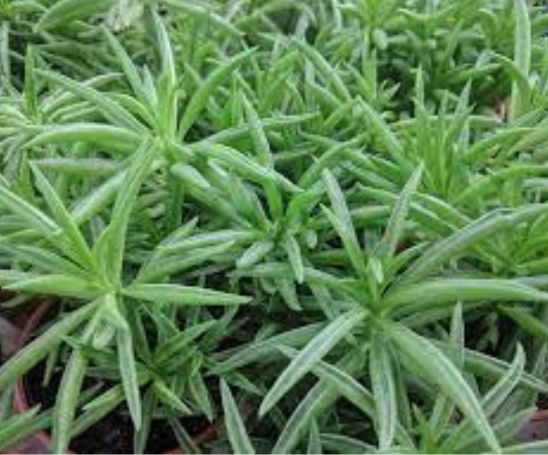
Happy bean plant, also known as Epipremnum aureum or Golden Pothos, is a popular houseplant with several benefits:
Air purification: Happy bean plants are known for their ability to purify the air by removing indoor pollutants. They can absorb harmful toxins such as formaldehyde, benzene, and xylene, which are found in household products and furnishings.
Improved indoor air quality: By reducing the levels of pollutants in the air, happy bean plants can help improve indoor air quality. This can be particularly beneficial for people with respiratory issues or allergies.
Enhanced mood and productivity: Research suggests that being surrounded by indoor plants, such as happy bean plants, can have a positive impact on mood and well-being. They can help reduce stress and create a calming environment, leading to increased productivity and concentration.
Natural humidification: Happy bean plants release moisture into the air through a process called transpiration. This can help increase humidity levels in dry indoor environments, which is particularly helpful in arid climates or during winter months when heating systems can cause dryness.
Easy to care for: Happy bean plants are low-maintenance and can thrive in a variety of lighting conditions, including low light. They are forgiving plants that can tolerate occasional neglect, making them suitable for beginners or those who may not have a green thumb.
Versatile and attractive: The heart-shaped leaves of the happy bean plant are appealing, with variegated patterns of green and yellow. They can be displayed as hanging plants or trained to climb up trellises or moss poles, adding an attractive touch to any indoor space.
Symbolism: In some cultures, happy bean plants are believed to bring good luck, prosperity, and positive energy to the household. They are often given as gifts during housewarming or other celebratory events, symbolizing growth.
Frequently Asked Questions
How big do happy bean plants get?
Happy bean plants have the potential to grow up to 6 feet tall. The width of the plant varies depending on the container size and growing conditions. Their long, slender pods can reach lengths of up to 8 inches. Regular pruning can help control the size and promote bushier growth.
How do you take care of a happy bean plant?
To care for a happy bean plant, water it without overwatering. Place the plant in bright, indirect sunlight and maintain temperatures between 60-75°F. Fertilize every two weeks with a balanced fertilizer during the growing season. Provide support like a trellis or stake as the plant grows.
Do Happy Bean Plants Bloom?
Happy bean plants do bloom, but their main attraction lies in their vibrant green leaves, which have a unique bean-like shape. The small, white flowers add an elegant touch to the plant. While not the focus, the blooms are a delightful bonus for happy bean plant enthusiasts.
Do happy bean plants flower?
Happy bean plants do flower. Their small, white or yellow flowers bloom from late spring to early summer. After flowering, seed pods develop, which can be used for planting or cooking.
why is my happy bean plant losing leaves?
Leaf loss in happy bean plants can be caused by various factors. Over or under-watering is a common culprit, so ensure proper watering habits. Pests or diseases can also lead to leaf drop, so check your plant for any signs and take appropriate measures. Additionally, ensure your plant gets adequate sunlight and nutrients for optimal health.
Why is my happy bean plant turning yellow?
Yellowing of the leaves on your happy bean plant can be a sign of overwatering or nutrient deficiency in the soil. Check the moisture level and adjust watering. Fertilize with a balanced fertilizer to provide essential nutrients. Trim off any yellow leaves to encourage new growth.
Why is my happy bean plant turning black?
Blackening of the leaves and stems in happy bean plants can occur due to various factors. It could be a result of overwatering or underwatering, which leads to root rot. Fungal or bacterial infections can also cause blackening. To prevent this issue, ensure proper drainage and good air circulation for your happy bean plant.
Does the Peperomia Green Bean need sunlight?
Peperomia Green Bean plants must have bright, indirect sunlight. Direct sunlight can harm the leaves, so it’s best to place them near a window that receives indirect sunlight. Avoid exposing them to direct sunlight or keeping them in dark corners.
Do Peperomia Green Bean succulents like to be misted?
Peperomia Green Bean succulents do not need misting as they prefer low humidity. Over-watering or misting can lead to root rot and other fungal diseases. Water your Peperomia Green Bean succulent, only when the soil is dry to the touch. Provide ample draining in pots to avoid standing water.
Conclusion
To ensure the success of your Bean Happy Plant, need to provide the right care and conditions. From understanding its features to proper lighting, watering, and temperature requirements, every aspect plays a crucial role in its growth. It’s important to note that the Happy Bean Plant is not and can attract pests and diseases if not cared for. By following these essential tips and guidelines, you can enjoy a thriving and beautiful Happy Bean Plant in your home. Remember to prune and propagate as needed and create a suitable environment for its humidity needs. With proper care and attention, your Happy Bean Plant will bring joy and beauty to your space.
You may also like CACTUS STRAWFLOWER







